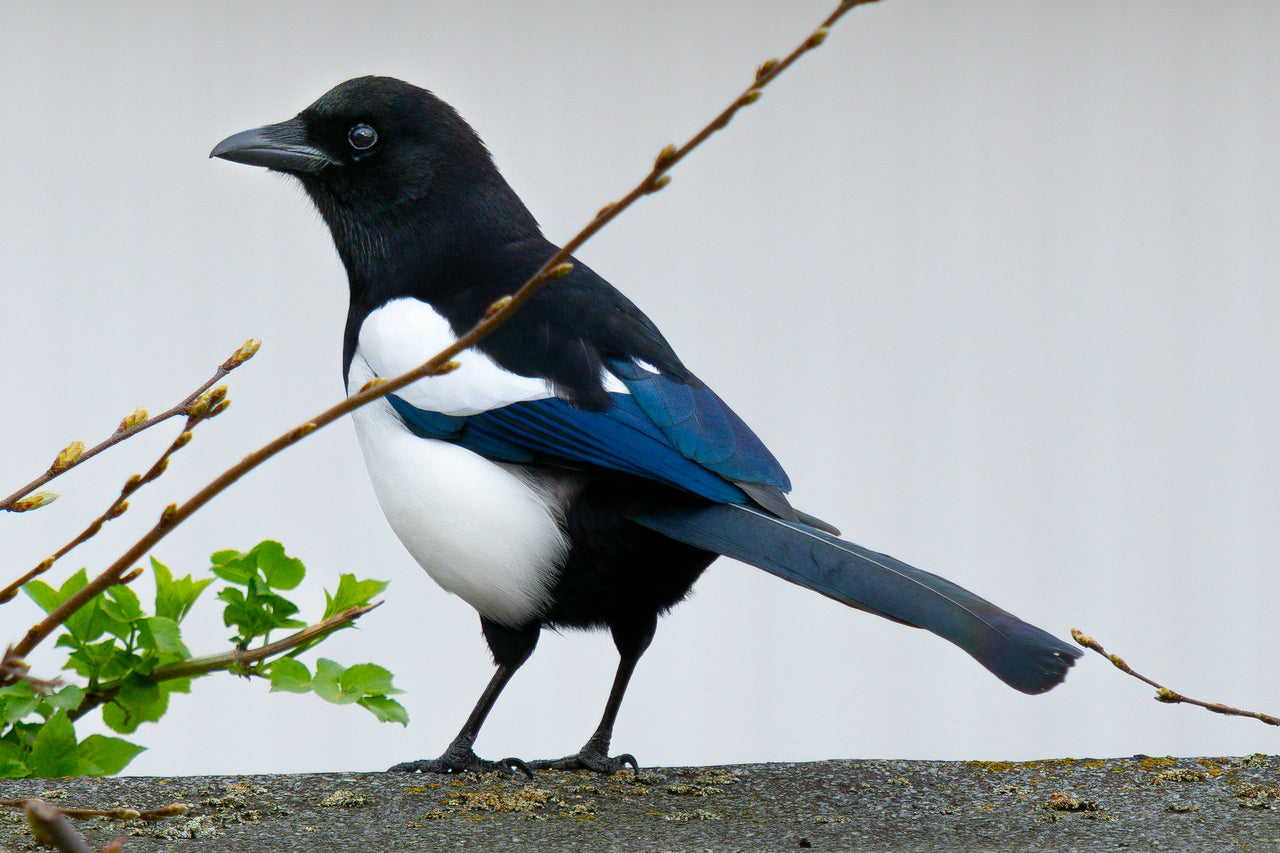When it comes to repelling magpies and pee wee birds (Grallina cyanoleuca), there is nothing like the eco-friendly and humane bird control solutions designed, tested and sold by Envirobug.
Our solutions have been designed to deter many birds from gardens and other areas without harming the birds.
Our products are also environmentally friendly, being solar-powered, so they work without you having to change the batteries or be plugged into the local power supply.
Understanding the Threat of Magpies
Magpies can be a nuisance across Australia. They can be found across urban areas in Australia, and have become accustomed to human presence. However, magpies are known to be highly aggressive during their breeding season, which is between August to late November/early
December or sometimes between late February and Early May. During this period they’re known to swoop and sometimes attack passersby.
The attacks usually coincide with eggs hatching, increasing in frequency and severity as the chicks mature. Once the offspring have left the nest, the attacks normally reduce.
There are numerous species of magpies across Australia, with almost all of them attacking humans. However, those found in Tasmania tend to be less aggressive. Attacks can happen on pedestrians within 50m and cyclists within 100m.
These attacks can cause injury to the head in a direct attack. However, there have been some people who have lost control of their bicycles and this has led to fatal accidents.
If a first swooping attack doesn’t work, then magpies are known to escalate their attacks. They tend to start with a distant swooping and alarm but can escalate it to peck or bite their victim.
Typical targets are on the face, which includes the neck, ears, and eyes of the passerby.
A rarer type of attack might be to strike at the intruder’s head by thumping them with their chest. Alternatively, the magpie might land on the target’s chest and peck at their face and eyes.
While the threat can be significant, only about 9% of magpies will present this behaviour. And most of those that attack are male. One interesting factor of those that do present this behaviour is that they usually focus on either pedestrians or cyclists.
Those that are most at risk include younger individuals, those travelling alone, and those moving quickly (running and cycling). In addition, those attempting to rescue a fallen chick will be seen as a predator and this can increase the risk of future attacks against everyone.
Therefore, magpies can have a massive impact on outdoor activities. Some areas can become almost impossible to travel through or do recreation in (especially parks and gardens).











